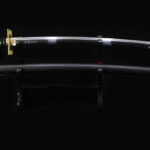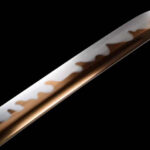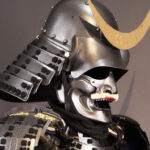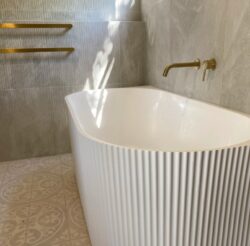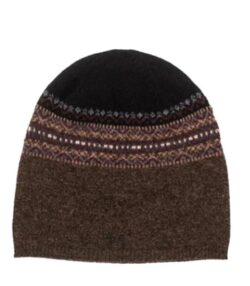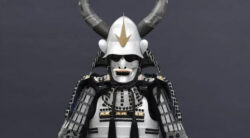Broadsword vs Longsword: Comparing Two Legendary Medieval Weapons
Swords have been pivotal in shaping history, and two of the most iconic examples are the Broadsword and the Longsword. While they may seem similar at first glance, their unique designs, uses, and historical importance set them apart. This guide explores the differences between the Broadsword and Longsword, offering insights into their design, combat uses, and legacy.
What is a Broadsword?
The Broadsword is a double-edged, wide-bladed weapon known for its durability and powerful slashing ability. It was especially popular in medieval Europe, where it became a favorite among knights and soldiers for close combat.
Key Characteristics of a Broadsword
Wide Blade: The blade, often 3-4 cm wide, enhances cutting power.
Double-Edged Design: Perfect for both slashing and thrusting attacks.
Heavier Build: Slightly heavier than the Longsword, ideal for breaking through armor.
Historical Context: Widely used during the 15th century to counter heavily armored opponents.
Advantages of the Broadsword
Armor-Piercing Power: Its heavy, robust blade could crush or slice through armor.
Durability: Crafted from strong materials to withstand intense battles.
Versatility: Effective for slashing, thrusting, and defensive combat maneuvers.
What is a Longsword?
The Longsword is a lightweight, elongated weapon valued for its speed, precision, and adaptability. Favored in late medieval Europe, it excelled in both offensive and defensive combat, making it a staple for knights and advanced swordsmanship.
Key Characteristics of a Longsword
Narrow, Long Blade: Slimmer and longer than a Broadsword, typically 90-110 cm in length.
Two-Handed Grip: Designed for two-handed use, offering superior control.
Lighter Weight: Easier to maneuver, allowing for faster strikes.
Combat Flexibility: Ideal for duels and diverse battlefield situations.
Advantages of the Longsword
Speed and Precision: The lightweight design enables swift, accurate attacks.
Extended Reach: Longer blade length keeps opponents at a distance.
Skill-Based Techniques: Perfect for intricate swordsmanship and technical combat.
Broadsword vs Longsword: Key Differences
Feature Broadsword Longsword
Blade Design Wide and sturdy, ideal for powerful cuts Slim and elongated, perfect for swift attacks
Weight Heavier, suited for close combat Lighter, designed for agility
Grip Single-handed or two-handed Primarily two-handed
Combat Style Strength and armor-piercing Speed, precision, and versatility
Historical Use Favored by heavily armored knights Popular in dueling and battlefield
Applications Close-quarters combat, armor-breaking Flexible for advanced techniques
Historical Significance of the Broadsword and Longsword
The Broadsword in History
The Broadsword represents the pinnacle of medieval warfare. It was the weapon of choice for knights in the 15th century, a time when heavy armor dominated the battlefield. The Broadsword wasn’t just a tool for combat—it symbolized power and prestige. However, as firearms rose to prominence, the Broadsword gradually faded from military use, leaving a lasting legacy in European history.
The Longsword in History
The Longsword gained fame in the late medieval era, especially with the rise of fencing and intricate combat techniques. Its balanced design allowed for versatile movements, making it ideal for duels and formal combat. Today, the Longsword remains a staple in historical European martial arts (HEMA) and reenactments, continuing to showcase its elegance and effectiveness.
Modern Uses of the Broadsword and Longsword
Broadsword
Historical Reenactments: Frequently featured in medieval events and movies.
Collecting: A favorite among weapon enthusiasts for its historical value.
Stage Combat: The dramatic design makes it ideal for theater and film.
Longsword
Historical Fencing: Widely used in HEMA for traditional European swordsmanship.
Martial Arts Training: A focus on technique and precision makes it a training favorite.
Collecting and Display: Its elegant appearance and historical significance attract collectors.
Conclusion: Broadsword vs Longsword—Which One Should You Choose?
Your choice between a Broadsword and a Longsword depends on your preferences and purpose. If you prioritize raw power and durability, the Broadsword is an excellent choice. On the other hand, if speed, precision, and versatility are your priorities, the Longsword stands out. Both weapons have played a vital role in history and remain timeless symbols of skill and craftsmanship.
Explore authentic replicas and training swords today at coolkatana.com!
SHOP NOW
https://www.coolkatana.com/








